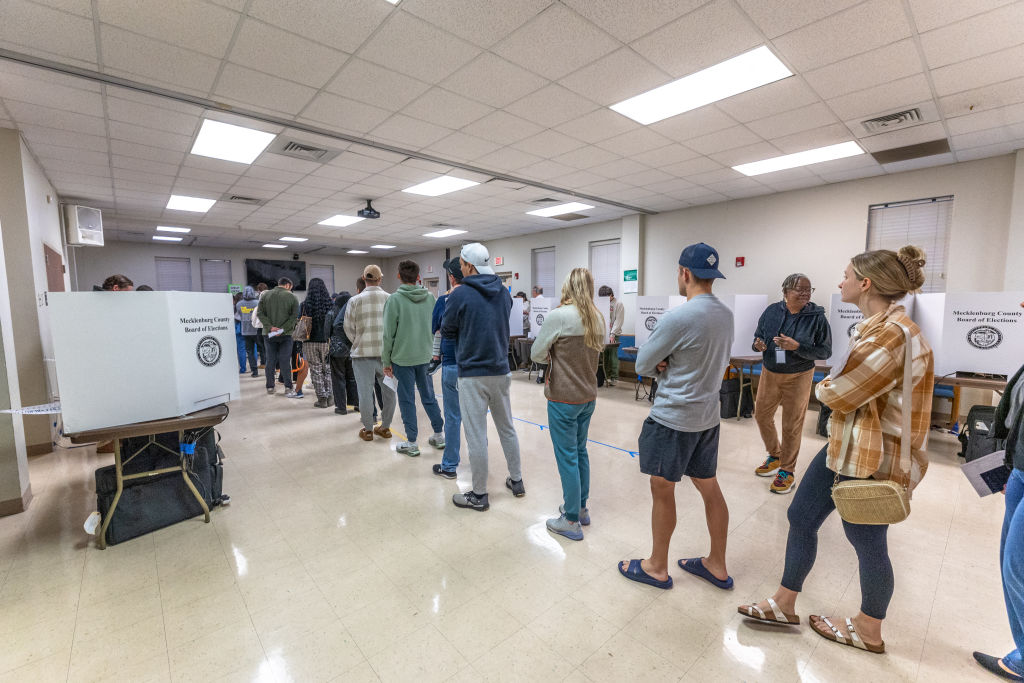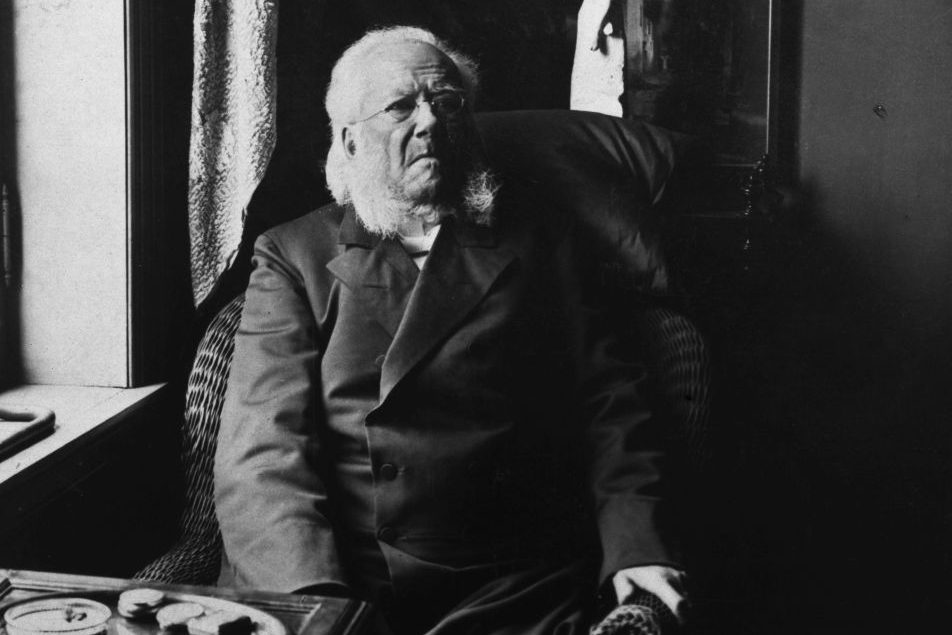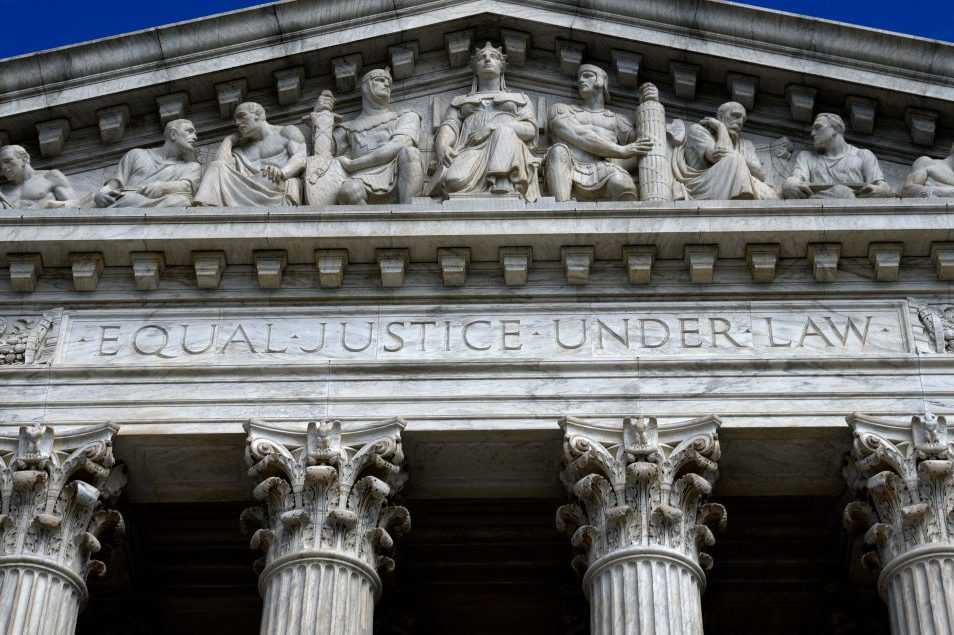Republicans and Democrats, who disagree so virulently on so much, at least agree on two things. Both say it is the most consequential election in US history. (They might want to check on 1860.) And both believe the other side’s triumph would be catastrophic. It would have dangerous consequences for decades, they say, and might be impossible to correct.
They are half right, perhaps more, and what they are right about is scary.
This election is the most consequential since Franklin D. Roosevelt defeated Herbert Hoover amid the Great Depression. That election was consequential because it and the following one, in 1936, locked in the Democratic Party coalition that effectively governed the country for the next seventy-five years. It vastly increased the size of the federal government, created the regulatory state and massively increased both taxes and transfer payments. When Republican presidents like Eisenhower and Nixon were elected, they governed within that broad FDR framework. Donald Trump poses an existential challenge to that consensus.
So did Ronald Reagan, but he only managed to create temporary changes to the bureaucracy. Trump wants to do more, much more.
This election is consequential for reasons like those during the Great Depression. The opposing sides want to move the country in radically different directions, led by candidates with sharply divergent goals and sharply divergent coalitions to back them.
For Democrats, the highest stakes are the continuation of their greatest achievement, the Centralized Administration State, where Congress is reduced to oversight duties and passing bills that delegate power to bureaucrats. Trump’s Republican Party is determined to roll back that regulatory apparatus and return more power to Congress and the states.
Those certainly aren’t the only differences between the parties this year. They differ on control of the southern border, tax cuts, school choice, gun rights, reproductive freedom, stronger law enforcement and many more. Taken together, those differences define a deep fault line in American politics.
Why is the fault line so deep? Because voters on one side of Issue A, whether it’s abortion or gun rights, are very likely to be on the same side of issues B, C and D. That means the coalitions are reinforcing, not cross-cutting. It’s a short step from there to backing those positions with near-religious fervor, knowing the whole party sides with you.
The hotheads on both sides are determined to throw rocks and perhaps fire bombs across that gaping divide. That’s the immediate danger. There are few sights more disheartening than seeing huge security fences erected around the White House and Capitol Building. Sadly, they are needed to protect two branches of our constitutional democracy from potential violence by furious losers who don’t respect the outcome and often believe it was dishonest.
Those dangers are real. They will be compounded if the vote count is slow, the margins close and the winner unknown for days. Worse still would be the revelation that final result was switched by votes counted late. That switch would be fertile ground for conspiracy theories and charges of fraud. They were in 2020.
These body-blows to our constitutional governance include public challenges to its bedrock norm: the peaceful transfer of power after free and fair elections. Donald Trump’s behavior after November 2020 undermined that tradition, which demands that the loser concede after he has exhausted his legal challenges. Trump didn’t and still hasn’t.
But he is not alone. Hillary Clinton conceded the 2016 election but, since then, repeated her damning charge that Trump was not the legitimate president. More recently, a senior House Democrat, Jamie Raskin, said Trump should not be allowed to run for president and, if he won, should not be sworn in. Instead, he should be tried and convicted of insurrection, charges even the most zealous anti-Trump federal prosecutors never brought.
These blows to our constitutional framework have been amplified by five larger developments:
- The fragmentation of our news media and the ensuing separation of audiences, each in its own ‘information silo’
- The increasingly ideological tenor of American politics, where litmus-test issues abound and apostates are defeated in primaries
- The erosion of a vital feature of America’s constitutional structure, the separation of powers, now that presidents and legislators from the same party march in lockstep. Their unity marks a stark departure from the founders’ idea that the executive and legislative branches would offset each other because of their divergent institutional interests. Those offsetting interests were the founders’ design for limiting the concentration of power in one branch
- The increasing concentration of power in Washington, eroding that of state and local governments. Within Washington, more and more power is vested in bureaucracies that are largely insulated from voters’ control and, often, from the president’s direction
- Efforts, mainly by Democrats, to eliminate any institutional constraints that prevent them from achieving desired outcomes. The most notable examples are threats to pack the Supreme Court and abolish the Senate filibuster, which protects the rights of the minority party and thus encourages compromises. (The venality of the Democrats’ position will be clear if they lose control of the Senate, as expected. As the minority party, they will fight tenaciously to preserve the filibuster. Unfortunately, they cannot guarantee they will adhere to that position once they have a Democratic president and Senate majority)
Despite this long list of troubles, our republic is likely to survive. It will survive despite the passions surrounding this election, the ideological divisions, the threats of violence, the attempted assassinations and the long-term erosion of our constitutional framework.
Why will it survive? Partly because the Supreme Court is determined to protect that framework. Mostly because there is no support for a mass revolt. True, there revolutionaries and anarchists among us, but they exist only on the margins. They can be smashed by law enforcement, maybe not in Portland, Seattle or Minneapolis, where local governments let them run amok, but nationally.
Smashing dissent, even in the service of our constitutional republic, is no substitute for an underlying public consensus, one that supports our basic institutions and demands voters control their government within the limits of the Constitution.
Forging that consensus is the deeper meaning of “e pluribus unum. It is the antithesis of “identity politics.” It calls for a higher unity that must come from conviction, not a police baton. It must be nurtured by political leaders and the media. But ultimately, it must grow from the hearts and minds of the voters themselves. That includes those who lose the latest election.


























Leave a Reply